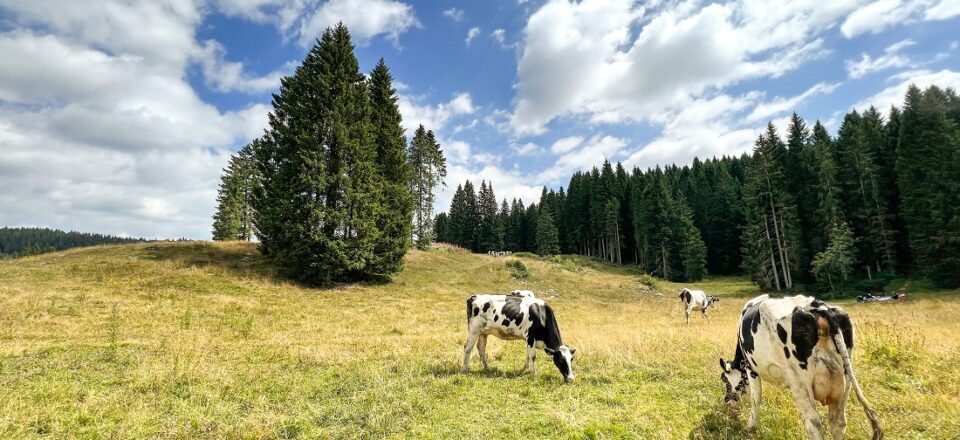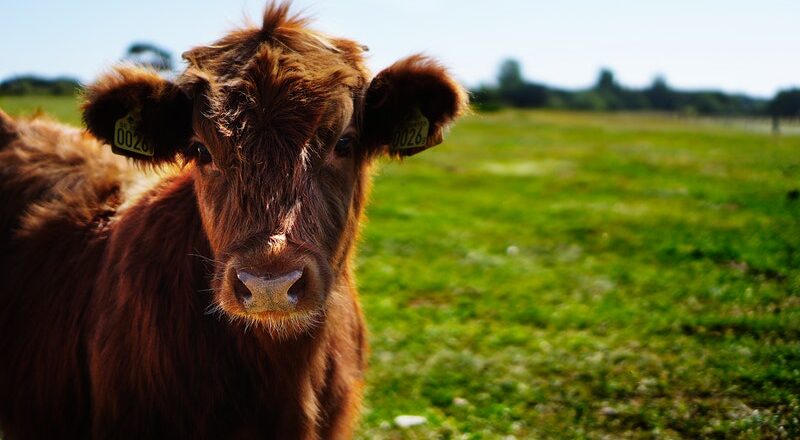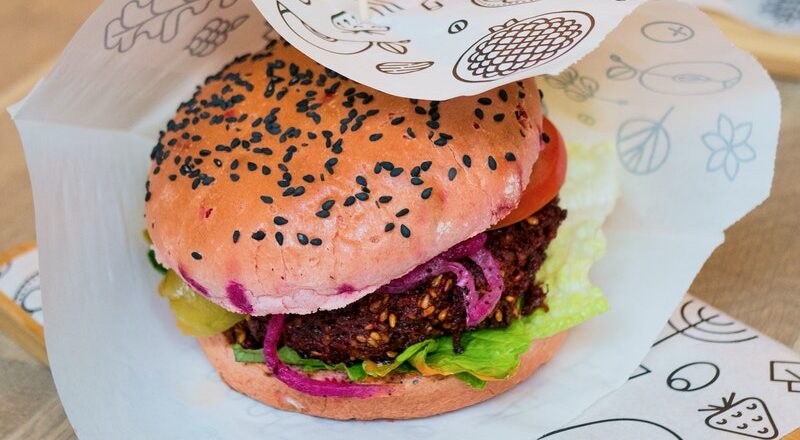
The truth about Italian “intensive livestock farming”
Time to replace the “intensive livestock farming” definition. Animal welfare and protection are at the heart of animal husbandry to achieve the best and economic sustainability.
The cage is one of the images linked to the idea of “intensive livestock farming“, a symbol of suffering animals forced into narrow spaces and inhospitable environments. This idea is so strong that even the European Parliament has spoken out against the use of cages by a large majority. The MEPs who said no to the cages were 588. On the contrary, 37 have spoken in favour. Therefore, are they “enemies” of animals, who love to see them suffer? On the contrary, they are among the few who know the reality of intensive farming and know that cages have been abandoned for a long time because they are not needed.
Cages in broiler poultry have not been used for decades, while Italy is above the European average for the number of laying hen farms already using alternative systems. Cages are not used in cattle farms (except for rare and particular reasons) nor swine, except for sows, and we will see why. Cages still survive in breeding rabbits, forgotten by Brussels even when it comes to animal welfare, at least for now. Eliminating them, in this case, is still complicated, but they are looking for possible solutions.
When cages are still present, they represent a need to promote animal welfare and not the opposite. In the case of swine, their presence in the farrowing rooms is needed to avoid the crushing of the piglets by their mother during lactation. Therefore, it is a stretch to point the finger against the cages to criminalize livestock farming, insisting on calling it “intensive“, which should be called “protected” instead. Let’s see why.
The first concern of every professional breeder is to “protect” their animals. It happens in confined farms, and grazing ones, where shelters to protect the animals are provided. Protecting them from hunger, stress, pathology, adverse climate, and predators is the rule in every professional animal breeding. It is no coincidence that the “protections” mentioned are the same “five freedoms” found in the definition of animal welfare: freedom from hunger, pain, fear and diseases, providing a good environment and being able to express their natural behaviour without any discomfort.
Let’s start with “hunger“. In protected farms, the first concern is to provide animals with the best food in analytically controlled and tested rations, without any anti-nutritional factor. Laboratory controls are constant for each food, and diets are studied and adapted to the animal’s needs.
About “pain“: there is no breeder worthy of this name who would dream of causing pain to anyone of his animals. Not only for obvious ethical reasons but also because every “pain” harms production and inevitably weighs on the company budget.
“Stress“: its influence is known. It affects production and natural defences, reducing the immune system’s efficiency.
“live“: farmers are the first to worry about them. They care about their animals because a sick animal costs twice to treat it and then lack production.
Finally, the “environment“: in different intensive farms, the doors are open in cattle and swine farms.
In short, “intensive farms” in Italy are part of the reality of Italian animal husbandry. When they show us images of animals piled on top of each other, in dirty and dusty environments, in precarious hygiene conditions, we face exceptions.





